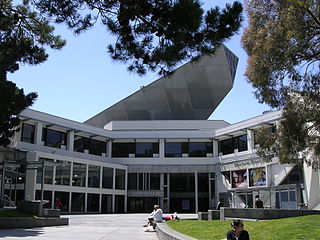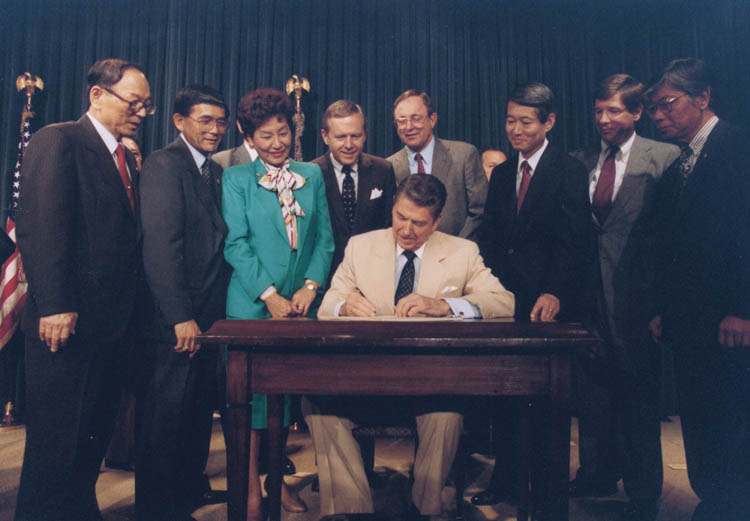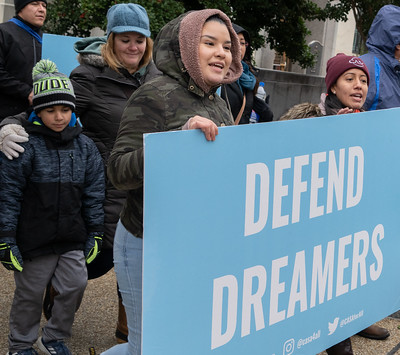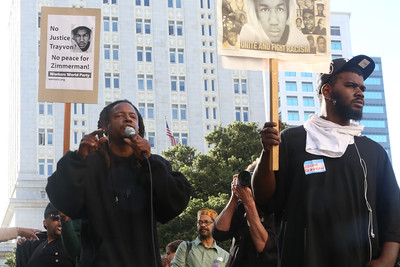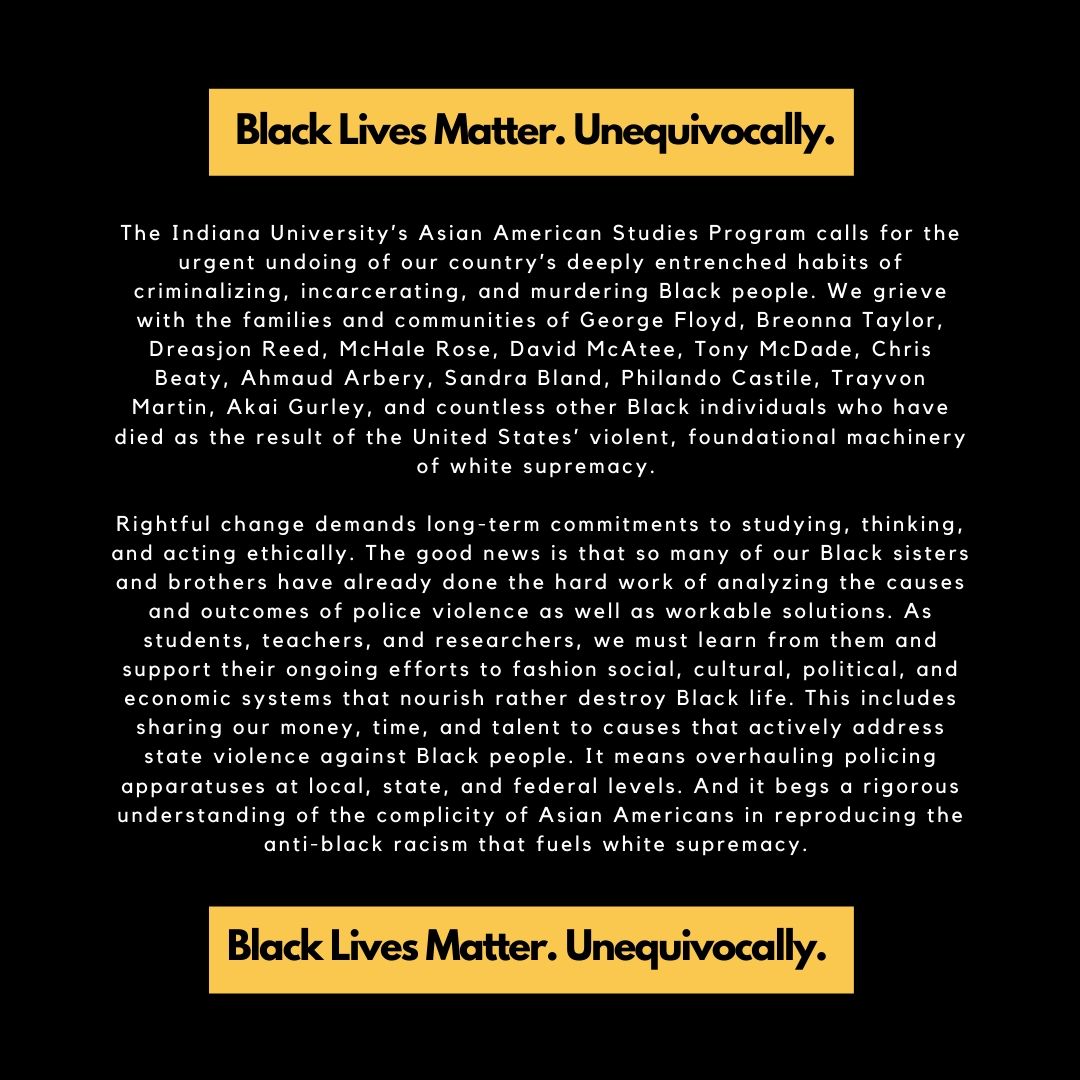September 11, 2001—The 9/11 Attacks
September 11th, simply known as 9/11, sparks an epidemic of Islamophobia, hate violence, and civil liberties violations targeting South Asians, Arab, Muslim, and Sikh American communities.(28) Al-Qaeda terrorists hijack and fly three American passenger planes into the World Trade Towers in New York City and into the Pentagon in Virginia. The fourth—intended for the White House—crashes in Pennsylvania. Within days after 9/11, the South Asian Americans Leading Together organization reports 645 incidents of racial profiling, discrimination, and hate crimes against these ethnic South Asian groups.(29) 9/11 spurs the swift passage of the 2001 USA Patriot Act and other state measures that grossly disregards basic constitutional and civil rights of these communities.(30)
One egregious example is the National Security Entry-Exit Registration System, or NSEERS, implemented by the Department of Justice and a linchpin of the War on Terror between 2002-2016. NSSERS requires all non-citizen men at least 16 years of age arriving in the U.S. from one of 25 countries (nearly all with significant Muslim populations) to register with federal authorities. The Department of Justice mandates each registrant to check back in periodically and to report any changes of residence, employment, or school. Those who fail to register risk fines and removal. NSEERS does not produce any terror-related convictions. But more than 13,000 of the total 83,000 who comply end up deported on charges of immigration status violations.(31)



